Laparoscopic Appendix Removal
Your appendix is a small, closed tube or pouch about the size of your finger. It’s attached to the beginning of your large intestine; just where the small and large intestines meet. It’s open on the end that connects to the large intestine and closed on the other end. This way material can move in and out of the appendix. The appendix has the ability to contract just like the small intestine. It also has a secreting lining as does the small intestine. The appendix has no apparent function. However, if it begins to swell, it could cause the appendix tissue to die due to a blockage from the large intestine or due to secretions from the lining. When this takes place, appendix removal is considered.
Reasons for Removal
When the appendix becomes inflamed, it can cause you to have deadly bacteria float around your internal organs. This is known as appendicitis. When these symptoms occur, your doctor may recommend removal to prevent other complications to your body. Appendicitis could also lead to a rupture. A ruptured appendix could cause you to get very sick to the point of death. Symptoms may include sharp pain in the right lower abdomen. If these symptoms occur, it is important to seek medical attention to prevent other complications.
What to Expect During Your Surgery
During your laparoscopic appendix removal, you will be placed under general anesthesia. Dr. Otah will enter the abdomen using miniature camera and other surgical instruments. This camera will give her a magnified view of your internal organs which will be viewed on a monitor. Generally, the entire process takes 1 hour.
Once the appendix has been removed, you will need to follow the doctor’s instructions. Most people feel better within a few days. However, just remember to allow your body time to heal and recover. There are certain steps that may help you heal quickly. Dr. Otah will recommend that you stay out of bed the day after surgery and walk as much as possible. This can help diminish the risk of blood clots in your legs, and it will also help reduce the soreness in your muscles.
Recovering from Laparoscopic Appendix Removal
The procedure may be performed as an outpatient surgery but many require inpatient short hospital stay. You may receive pain medication, antibiotics, and medication to prevent blood clots. The doctor may recommend a liquid diet for a few hours after surgery and gradually advance to more solid foods as tolerated. Most patients are able to get back to ‘most’ normal activities within a week or two. Normal activities can include showers, driving, going up and down stairs, work.
Possible Risks/Complications
In most cases, there is very little risk involved with laparoscopic appendix removal. However, risks may include:
- Infection
- Increased abdominal pain
- Bleeding or discharge at the incision site
- Cough, shortness of breath, chest pain
- Severe nausea or vomiting
- Fainting or lightheadedness
- Blood in stool
In the event these complications are present, or if you think you have an emergency, call the doctor immediately.
The Benefits of Laparoscopic Appendix Removal
There are a number of benefits to receiving a laparoscopic appendix removal:
- Recovery is far faster than with open surgery
- Less post-operative pain
- Possible quick return to normal bowel function
- Faster return to normal activity
- Better cosmetic results
Remember, the Center for General & Laparoscopic Surgery is here to help.

